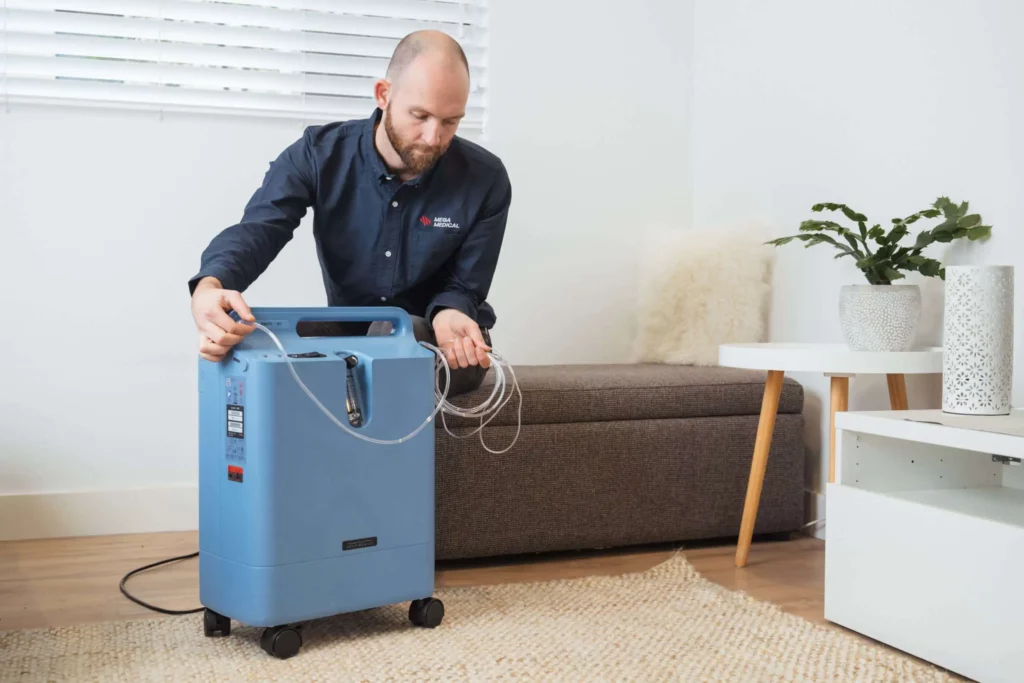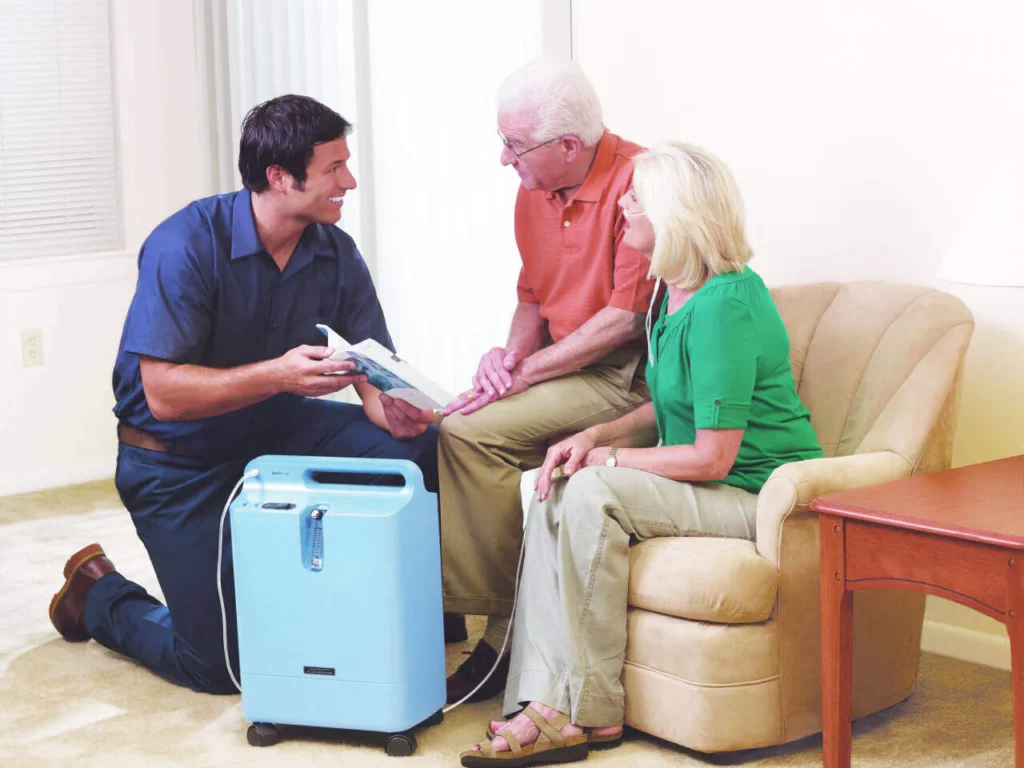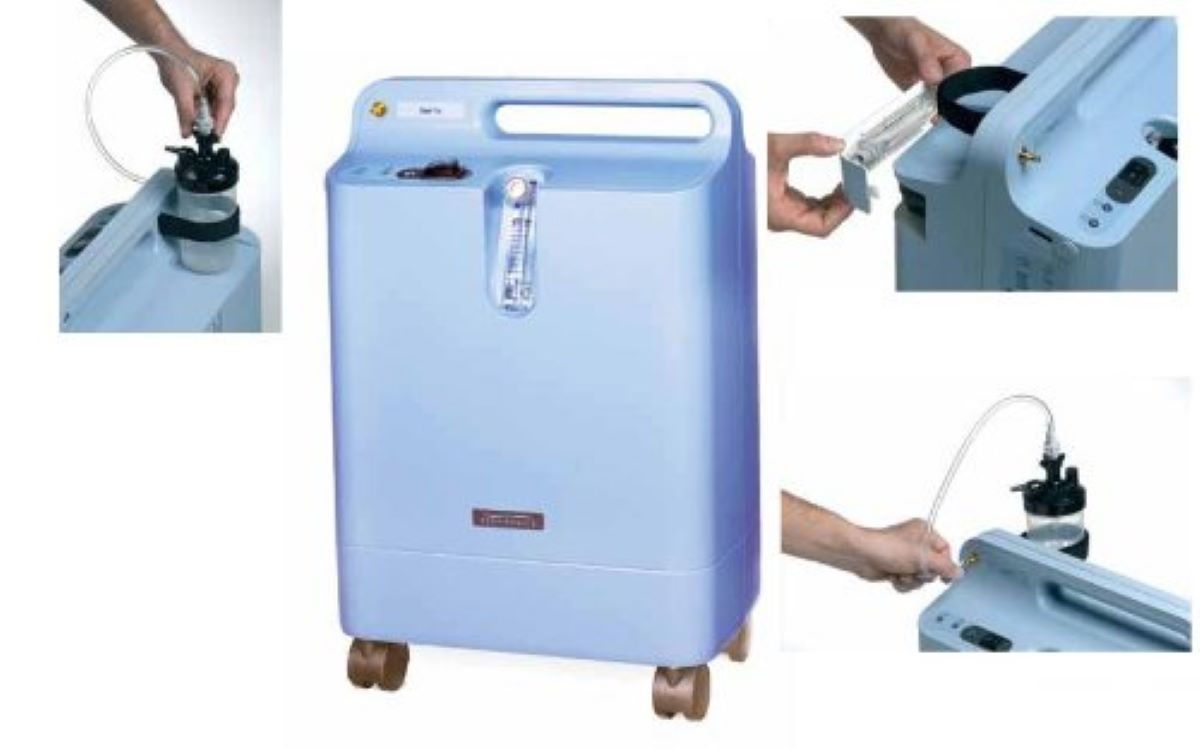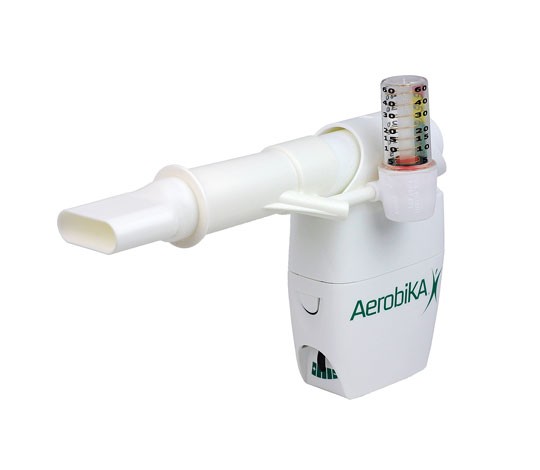What Is the Philips EverFlo Oxygen Concentrator Used For?
The Philips EverFlo Oxygen Concentrator is a stationary oxygen therapy device designed to deliver supplemental oxygen to individuals with respiratory conditions requiring enhanced oxygen levels. This medical-grade concentrator extracts oxygen from ambient room air and delivers it at prescribed flow rates to patients in home or institutional settings.
Oxygen therapy plays a vital role in managing chronic respiratory conditions by:
- Increasing blood oxygen saturation levels
- Reducing breathlessness and fatigue
- Improving sleep quality and daytime alertness
- Enhancing physical endurance for daily activities
- Supporting vital organ function
Patients experiencing compromised lung function benefit significantly from consistent oxygen delivery. The device operates continuously, providing a reliable oxygen source that helps maintain adequate oxygen levels throughout the day and night. This steady supply enables respiratory patients to manage their conditions more effectively whilst maintaining independence in their own homes. The concentrator serves as a practical alternative to oxygen cylinders, eliminating the need for frequent refills and offering uninterrupted therapy.
What Are the Key Features That Make It Suitable for Home Use?
The Philips EverFlo stands out as a compact oxygen concentrator specifically designed for home use. Weighing around 14 kilograms, this lightweight design has a built-in handle that allows patients to move the unit from room to room without help, making it convenient for everyday activities around the house.
Quiet Operation
One of the key features of the EverFlo is its quiet operation. The device produces very little noise during continuous use, allowing patients to receive their prescribed oxygen therapy while watching TV, sleeping, or spending time with family members without any disruptive background sound. This is especially important during nighttime use when other household members need undisturbed rest.
Energy Efficiency
The EverFlo is also known for its energy efficiency, which brings significant cost savings compared to older models of oxygen concentrators. This unit uses much less electricity while still delivering the same amount of oxygen, resulting in lower monthly utility bills. This financial benefit is particularly significant for patients who require 24/7 oxygen therapy since the device runs continuously without placing a heavy burden on household budgets.
How Does the Philips EverFlo Oxygen Concentrator Deliver Oxygen?
The device uses a continuous low flow oxygen therapy system that provides a steady stream of concentrated oxygen at rates between 0.5 to 5 litres per minute. This oxygen delivery mechanism draws in ambient air, filters it, and processes it through a molecular sieve using pressure swing adsorption technology to separate nitrogen from oxygen molecules.
The flow meter sits prominently on the control panel, displaying the exact oxygen flow rate being delivered. Patients or caregivers can adjust this dial to match their prescribed settings, typically marked in 0.5-litre increments. The oxygen outlet port connects to tubing that delivers the concentrated oxygen directly to the patient through a nasal cannula or mask.
Key components working together include:
- Control panel with on/off switch and visual indicators
- Flow meter dial for precise adjustment
- Oxygen outlet port for tubing connection
- Internal filters protecting the molecular sieve system
- Alarm system monitoring oxygen purity and flow
This straightforward design allows patients to receive their prescribed oxygen therapy without complex operation procedures.

What Safety Measures Are Included in the Philips EverFlo Oxygen Concentrator?
The device protects users through built-in safety alarms that immediately alert when system malfunctions occur or oxygen flow becomes impeded. These system malfunction alerts activate automatically if the concentrator detects issues like power interruptions, reduced oxygen purity, or blocked airflow pathways.
Oxygen flow monitoring happens continuously during operation. The device’s alarm system responds to:
- Low oxygen concentration below therapeutic levels
- Restricted airflow from blocked filters or tubing
- Power supply problems affecting device performance
- Temperature irregularities indicating potential overheating
These safety features serve as a critical safeguard for patient well-being. Users and caregivers gain peace of mind knowing the concentrator will signal problems before they compromise oxygen therapy effectiveness. The audible and visual alerts demand immediate attention, allowing quick troubleshooting or contacting medical equipment providers.
The alarm system proves particularly valuable during nighttime use when patients sleep. Caregivers can rest assured that any operational issues will trigger immediate notification, preventing prolonged periods of inadequate oxygen delivery. Check out more about How Often Should You Clean an Aerobika Device for Safe Use?
How Is Maintenance Handled for the Philips EverFlo Oxygen Concentrator?
Device maintenance keeps the Philips EverFlo operating at peak performance. Regular upkeep prevents system failures and extends the concentrator’s lifespan.
The unit requires routine filter replacement to maintain proper airflow and oxygen purity. The intake filter captures dust and particles from room air, protecting internal components from contamination. Users should inspect this filter weekly and replace it according to their healthcare provider’s schedule—typically every 1-2 years depending on environmental conditions.
Cleaning instructions from Philips specify wiping down the exterior cabinet with a damp cloth and mild detergent. The air intake areas need regular attention to prevent dust buildup that could restrict airflow. Patients must avoid using harsh chemicals or abrasive materials that might damage the device’s surface or internal mechanisms.
Following manufacturer and provider guidelines protects warranty coverage whilst maintaining safety standards. Unauthorised modifications or improper cleaning techniques can compromise oxygen delivery accuracy. Healthcare providers often supply detailed maintenance schedules tailored to each patient’s usage patterns and home environment, ensuring the concentrator delivers prescribed oxygen levels consistently.
Why Is the Philips EverFlo Oxygen Concentrator Considered Reliable and Cost-effective?
The device earns its reputation for reliable oxygen delivery through its proven pressure swing adsorption technology, which consistently produces concentrated oxygen at prescribed flow rates. Patients receive uninterrupted oxygen support during sleep, exercise, and rest periods without fluctuations in output quality.
The affordable oxygen concentrator designation stems from multiple cost advantages. Its energy-efficient design consumes approximately 40% less electricity than comparable older models, translating to significant savings on utility bills over months and years of continuous operation. The initial purchase price positions competitively within the home oxygen therapy market.
Low maintenance costs distinguish this model from alternatives requiring frequent servicing or expensive replacement parts. The straightforward filter system uses readily available components at modest prices. The durable construction minimises repair needs, with many units operating reliably for years with basic upkeep. Healthcare providers and patients appreciate the predictable expense structure—routine filter changes every six months represent the primary ongoing cost, avoiding unexpected financial burdens associated with complex repairs or specialist technician visits.
Additionally, the low maintenance costs further enhance its appeal. Unlike other models that may require frequent servicing or costly replacement parts, the Philips EverFlo is designed for simplicity and durability. Its straightforward filter system utilizes common components that are inexpensive to replace.
Who Typically Uses the Philips EverFlo Oxygen Concentrator?
The main users of the Philips EverFlo Oxygen Concentrator are patients with chronic respiratory conditions who need regular supplemental oxygen therapy. These individuals rely on a consistent supply of oxygen to maintain adequate levels in their blood while going about their daily activities or resting.
Common respiratory conditions benefiting from this device include:
- Chronic Obstructive Pulmonary Disease (COPD): Patients experiencing reduced lung function and breathing difficulties use the concentrator to maintain oxygen saturation levels
- Interstitial Lung Disease (ILD): Individuals with scarred or damaged lung tissue rely on supplemental oxygen to compensate for impaired gas exchange
- Severe Asthma: Those experiencing prolonged exacerbations requiring extended oxygen support at home
- Pulmonary Fibrosis: Patients whose thickened lung tissue restricts oxygen absorption
- Heart Failure: Individuals with cardiac conditions affecting oxygen circulation throughout the body
Typically, adult patients who require low-flow oxygen therapy between 0.5 to 5 litres per minute are the ones using this device. Healthcare professionals recommend this particular model of concentrator when patients need a reliable solution for managing long-term oxygen therapy in the comfort of their own homes.

Conclusion
The Philips EverFlo Oxygen Concentrator is a practical solution for patients who need consistent supplemental oxygen therapy at home. Its combination of quiet operation, energy efficiency, and straightforward maintenance makes it suitable for various respiratory needs—from managing COPD to supporting individuals with interstitial lung disease.
Always consult your healthcare professional before starting oxygen therapy or choosing equipment. Your doctor will evaluate your specific oxygen needs, prescribe appropriate flow rates, and determine if the EverFlo model is suitable for your medical situation. Self-diagnosis or selecting equipment without medical guidance can harm your respiratory health and treatment outcomes.
Ready to discuss oxygen therapy options? Schedule an appointment with your respiratory specialist to explore whether the Philips EverFlo Oxygen Concentrator fits into your prescribed treatment plan.
FAQs About the Philips EverFlo Oxygen Concentrator
It is a stationary medical device that delivers supplemental oxygen to individuals with respiratory conditions, suitable for home or institutional use.
2. How does the EverFlo deliver oxygen?
It uses a continuous low-flow system, extracting oxygen from ambient air and delivering it at prescribed rates between 0.5 and 5 litres per minute.
3. Is the EverFlo easy to use at home?
Yes, it is lightweight, portable within the home, and features a simple control panel with adjustable flow settings.
4. How quiet is the Philips EverFlo during operation?
The device operates very quietly, making it suitable for use while sleeping, watching TV, or spending time with family.
5. What safety features does it include?
Built-in alarms alert users to issues like low oxygen concentration, blocked airflow, power interruptions, or device overheating.
6. How is the device maintained?
Maintenance involves regular filter checks and replacements, cleaning the exterior, and following the manufacturer’s guidelines to ensure optimal performance.
7. Why is the EverFlo considered cost-effective?
Its energy-efficient design reduces electricity usage, and it requires minimal maintenance, keeping both operating and repair costs low.
8. Who can benefit from using the EverFlo?
Patients with chronic respiratory conditions such as COPD, pulmonary fibrosis, interstitial lung disease, severe asthma, or heart failure.
9. Should I consult a doctor before using the EverFlo?
Absolutely. Always consult a healthcare professional to determine the appropriate oxygen flow rate and ensure the device suits your medical needs.


